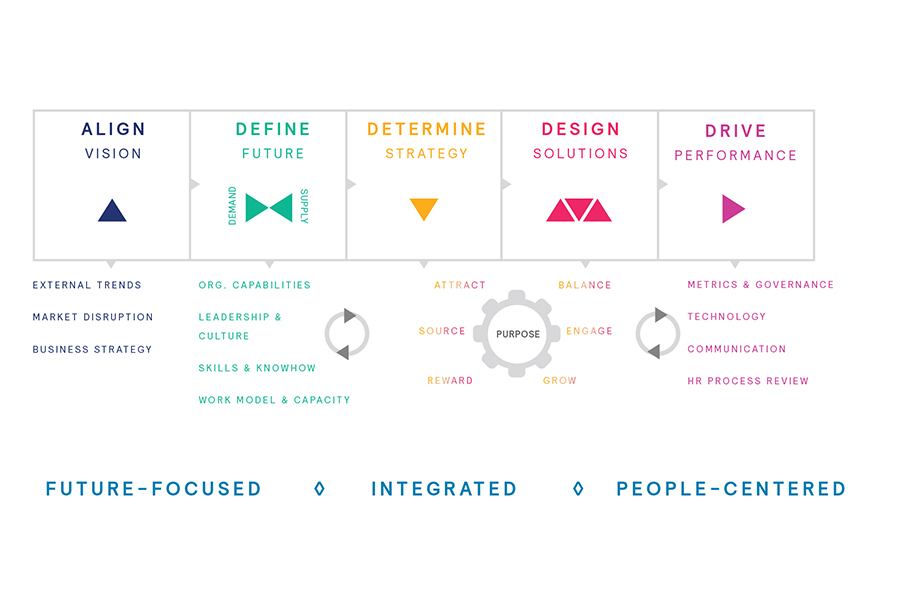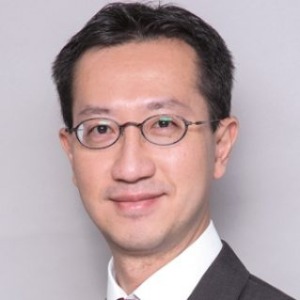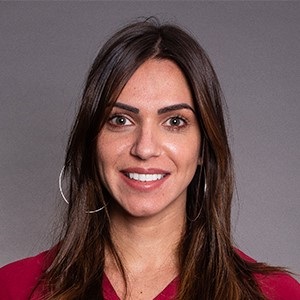"A company’s ability to reinvent itself will be key to thriving in the future of work – 96% of executives are planning a redesign in the next two years."
Businesses today need to recognize the prominence of emerging market economies and the opportunities that exist. Morgan Stanley Capital International (MSCI), an independent research provider, regularly updates an index on emerging markets.
Out of 23 countries listed on the MSCI Emerging Market Index, seven are in Asia. They are: China, India, Indonesia, Malaysia, The Philippines, South Korea, and Thailand. Given this, two things should be top-of mind for leaders: developing business opportunities and localizing talent strategies in these markets.
There’s a reason to prioritize being talent-focused: people create the value in today’s organizations. The Fourth Industrial Revolution is ideas-based and leverages technology to further automate processes. To be competitive in today’s market, it is no longer about mass production or harnessing power.
Mercer’s recent study Thriving in the Age of Disruption found that thriving organizations reinvent themselves, are agile and resistant, and have a positive impact on society. They also treat talent as an asset to invest in, “not simply [as] a business cost.”
A company’s ability to reinvent itself will be key to thriving in the future of work. In fact, according to Talent Trends 2017, organizational redesign is top of mind for executives. Ninety-six percent of executives are planning a redesign in the next two years.
Another way to be a company that shows it values talent is by listening to what employees want. Employees today have more options than before, especially in emerging markets.
Working in an emerging market often means uncertainty and rapid change. Whether it’s a disruption in the market, or an option to work remotely for a company or job hop for a better opportunity, one way to retain at-risk talent is to ask what they value. Then act on the feedback.
For example, many of today’s employees seek flexibility. According to Talent Trends 2017, 56 percent of employees want their company to offer more flexible work options. If your employees give this feedback and you adjust the policy, then your employees will feel valued.
If key decision-makers still question the importance, remind them that it matters what employees want. In the recent Mercer study Thriving in the Age of Disruption, the authors explain that “talented individuals are drawn to organizations that continually refresh their systems and processes as well as their strategic initiatives in order to delight customers and outwit competitors. Great companies know that by being agile they can stay in play for many years.”
In addition to showing trust by incorporating employee feedback, Thriving in the Age of Disruption also shares that the four components of an effective people strategy are future-focused, data-driven, integrated, and people centric.
How to Apply in Emerging Markets
It is essential to address both the businesses strategy as well as the actual people in an emerging market. The people strategy can leverage findings from Mercer’s research which includes advice on how to incorporate the four components into an effective people strategy. They are:
- Future-focused. How can local employees value-add to today while planning for tomorrow? A focus on the future reflects the evolution of the business and work culture.
- Data-driven. After reflecting on your current talent pool, where are the skills gaps? What can you build and what do you need to buy or borrow? Incorporating data into making decisions on the strategy ensures that insights into the current needs of a company’s workforce are considered.
- Integrated. While being aware and sensitive to local customs, how can you also ensure that talent development is universal and comprehensive? Work towards having one plan which brings the company’s talent and HR programs together. Aim for removing all silos.
- People centric. What do you need to know about the local customs? How do you make sure that work is meaningful in the local context? Design work so that it’s more fulfilling and rewarding for individuals.
The Thriving in the Age of Disruption report also notes that thriving organizations “systemically analyze and reflect on how they might be exposed to talent-related risks, not only to measure and address their bench, but also to understand what specific practices or interventions will encourage employees to bring their whole selves to work.” A future-focused people strategy will also need to include a contingency plan for emerging market(s). Turnover is likely to be higher, especially for talent with specialist skillsets.
An example of a company with a future focused people strategy is DBS, which is well-known throughout the Asian region for its forward-thinking products and focus on human capital. In an effort to remain agile and data-driven, DBS refers to the company as a 22,000 start up where “DBS employees work with industry partners and startups to develop innovative mindsets.”[1] DBS recognizes that talented individuals
look for fast-paced organizations and opportunities for continuous learning. Especially as products are more and more idea-based rather than production-based, employers need to engage employees effectively.
UOB is another organization that is future focused. By leveraging employee interest and creativity through the 2020 Ideas Contest, employees are encouraged to come up with innovative solutions for the banking industry. This contest also ensures that employees are digital-ready and will be competitive in the future of work. Some even enter The FinLab, an incubator which gives full-time support and funding to employees for three months.
Incubators have become common in forward-thinking organizations. Tata Communications’ Shape the Future currently incubates three internal ideas, and just last year publicly debuted the latest internal incubation success.[2] Each of these examples show the return of investing in talent. Initiatives that involve continuous learning and provide support for employees to daydream, brainstorm, and prototype are what the future of work is about.
It is always challenging to build up a talent pipeline, and even more so in an emerging market. However, with a focus on creating a responsive and agile workforce, a company can thrive.
Ensure that talent is continually upskilled, and determine the necessary skills to remain competitive. Perhaps it’s equipping teams with digital skills or incorporating hackathons regularly so that they become part of the company culture.
What is essential is that employees feel valued and that they have trust with the organization. Give employees chances to experiment, and even to fail. As the world of work moves from ideation to automation, talent needs to move from surviving to thriving.
1 https://www.dbs.com/investorday/presentations/Executing_the_digital_strategy.pdf
2 https://www.tatacommunications.com/press-release/tata-communications-internal-incubator-debuts-netfoundry-reinventing-networking-hyper-connected-era/






